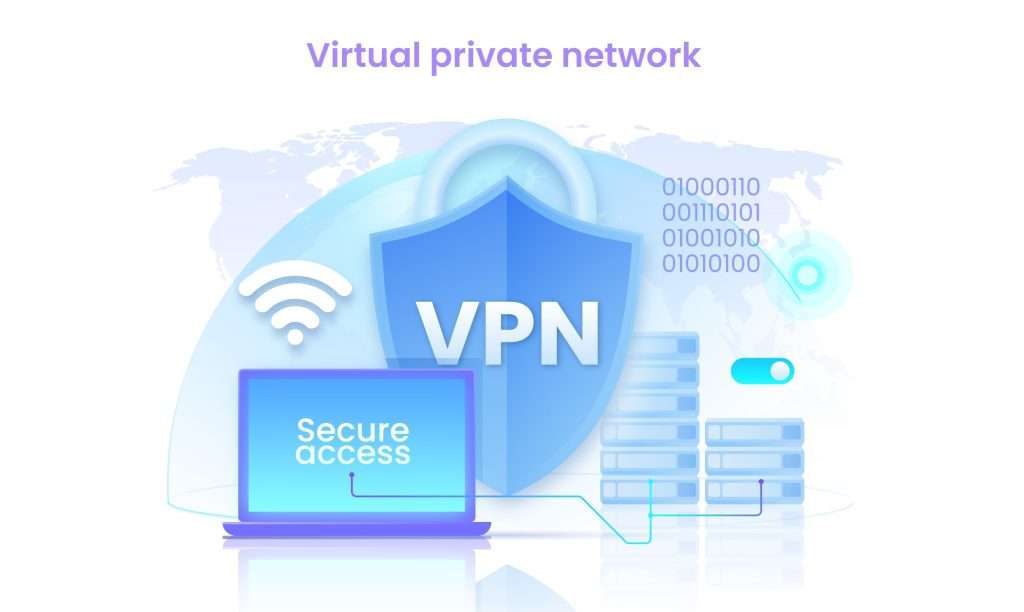As technological developments continue to unfold, the security of digital assets rapidly becomes a focal point. Protecting our Wi-Fi network is no different. Understanding and implementing key practices can make a significant difference in safeguarding our confidential business data.
This article offers a valuable resource for those who face hurdles with cybersecurity within their companies. By understanding Wi-Fi security best practices, it is possible to considerably minimize the risks. So, let’s dive into these practices to fortify your Wi-Fi network.
Understanding the Basics of Wi-Fi Security
Before we discuss the methods of increasing Wi-Fi security, it’s vital to understand the basics. Key elements of Wi-Fi security include encryption, network security keys, and firewalls.
Wi-Fi Encryption
Wi-Fi encryption translates your network data into a code. It safeguards your network against intrusion by making the data unreadable to outsiders.
For example, think of encryption as a secure box. Only individuals with the correct key can unlock the box and access what’s inside.
Network Security Keys
Network security keys serve as a password for the router. Those with the key can access the network, which makes it important to set a strong key and restrict who has access to it.
Think of these keys as a house key – you wouldn’t hand it out to strangers, would you?
Firewalls
Firewalls provide a barrier between your network and potential threats online 🛡️. They are the guards standing between your data and cyber attackers. Envision firewalls as the walls of a castle, effectively thwarting any unauthorized access to your digital kingdom.

Implementing Wi-Fi Security
Now that we’ve grasped the basics, it’s time to address how to apply this knowledge.
Setting Strong Security Keys
A vital step in securing your Wi-Fi is setting strong security keys and limiting those who can gain access. For instance, it’s recommended to use a combination of uppercase, lowercase, numbers, and symbols in your security key.
Updating Router Firmware Regularly
Regularly updating your router firmware can patch vulnerabilities, improving your overall network security. Manufacturers often release updates that contain important security enhancements.
In a recent incident, Cisco released an intervention for their routers to mitigate high-impact vulnerabilities – a stark demonstration of the importance of regular updates.
Disabling Remote Access
Remote access enables the management of networks from any location. However, it can be exploited by cyber attackers. Disabling it can improve network security.
As an example, in 2018 a significant number of MikroTik routers were put at risk as a result of exploitation of remote access.
Securing Wi-Fi with VPNs
A Virtual Private Network (VPN) provides an additional layer of security by encrypting all data transmitted over your network, even if someone manages to gain access.
A company, NordVPN, has managed to establish itself in the market by offering secure VPN services, demonstrating the growing importance of VPNs in network security.

Conclusion
Wi-Fi security is a critical aspect of any business in the modern digital age. By understanding and implementing Wi-Fi Security Best Practices, you can significantly enhance your company’s digital safety and protect it from potential cyber threats.
The foundation of network security lies in strong encryption, secure network keys, and robust firewalls. Regular firmware updates, disabling remote access, and using VPNs can dramatically enhance your security position. Stay vigilant, stay safe! 🛡️🔐
- The Agentic Startup Manifesto - June 8, 2025
- Remote Hiring in 2025 - April 5, 2025
- Burnout in Remote Teams: How It’s Draining Your Profits - January 27, 2025
